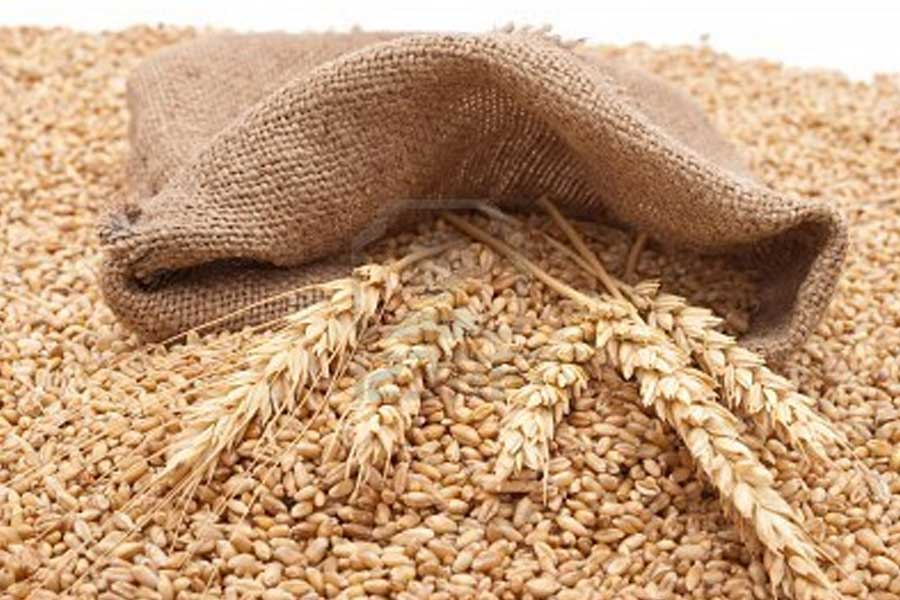Indonesian wheat imports are estimated to achieve a record 12.6 million tonnes in marketing year 2023-24, up 33% over 2022-23, on higher demand from feed mills, higher consumption of flour-based foods and growing demand for alternative staples cheaper than rice, according to a report from the Foreign Agricultural Service (FAS) of the US Department of Agriculture (USDA).
Meanwhile, the FAS has revised its 2023-24 corn consumption for feed down 8.5% to 8.6 million tonnes. Assuming recovering local corn production and lower corn prices, 2024-25 wheat imports are forecast to slow to 12 million tonnes, while corn for feed consumption will increase to 9 million tonnes.
The significant increase of wheat imports is a reflection of higher 2023-24 and 2024-25 wheat consumption for both food and feed, which are forecast to increase to 11.3 million tonnes and 11.7 million tonnes, respectively. The receding of the spike in wheat demand that had been caused by the recent general elections and weakened exchange rates are forecast to decrease wheat imports in 2024-25.
“The Indonesian flour mills association (APTINDO, Asosiasi Produsen Tepung Terigu Indonesia) reported that the high prices of rice in the domestic market have increased the consumption of instant noodles, especially by lower income families,” the FAS said. “Moreover, the growing Indonesian middle class, which accounts for approximately 20% of the Indonesian population, is dominated by Generation Z, who likes to try new products and experiences.”
The lack of rainfall from the stronger-than-anticipated El Niño in 2023 continues to lower harvested corn area during the first cycle of 2023-24, leading to an overall decrease of estimated harvested corn area to 3.6 million hectares compared to the previous 2023-24 estimate by the FAS of 3.7 million hectares. In line with the lower harvested area, 2023-24 corn production also is estimated to decrease by 1.6% to 12.2 million tonnes compared to 12.4 million in 2022-23.
Production shortages, high prices of local corn combined with competitive landed prices for imported wheat reduced the use of corn and incentivized not only higher wheat inclusion in feed formulation but also other plant-based feed ingredients, the FAS said.
El Niño also reduced rice paddy harvested area and production in 2023-24, the FAS said. Milled rice production is projected to be 32.1 million tonnes, down from 33.9 million in 2022-23.




